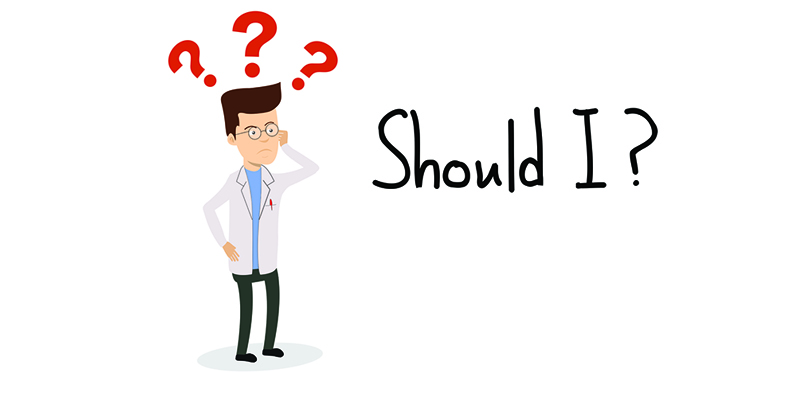2.1 Unethical scientists
Unfortunately there are examples of ‘bad scientists’ from every discipline in science, although the examples are few and far between. The fact that scientists publish their results in highly respected journals such as Science and Nature which are peer reviewed must reduce the number of spurious and fraudulent papers that are published. However, there are still a few occasional cases of fraudulent papers that get published even in these journals.
In Activity 3 you will be looking at fraudulent scientists from the disciplines of physics, chemistry and biology. You will use the internet to find out more information about three ‘bad’ scientists.
Activity 3 ‘Bad scientists’
Use your internet searching techniques to find out more about the following scientists. Summarise your findings in under 100 words for each scientist, saying who they were and stating why their work was fraudulent. When you use information from a website, always remember to ask yourself – is this a reliable source of information?
- Jan Hendrik Schön
- Haruko Obokata
- Pattium Chiranjeevi
Answer
For this example, Wikipedia was used as the primary research source for Schön and Obokata, but be sure to check the salient facts with hyperlinks to other authoritative sources. The primary source for Chiranjeevi was an article on www.chemistryworld.com.
- Jan Hendrik Schön was a physicist whose research was in the area of semiconductors (crystalline or amorphous solids with distinct electrical characteristics). He had a number of papers published in notable journals including Science in 2000 and 2001, which have since been retracted. Schön made up his results.
- Haruko Obokata (小保方 晴子), born in 1983, was a stem-cell biologist at the Riken Center for Developmental Biology in Japan. She claimed to have developed a radical and comparatively easy way to make stem cells by subjecting ordinary cells to certain types of stress, such as submersion in a weak acid or physical trauma. The proposed method was known as ‘stimulus-triggered acquisition of pluripotency’ (STAP) and would create cells that could be grown into tissue for use anywhere in the body. Obokata made up her results.
- Pattium Chiranjeevi, a chemistry professor in India, authored 70 papers published between 2004 and 2007 in highly reputed international journals. He was found guilty of plagiarising other scientists work in 2008.
Hopefully the last activity hasn’t left you feeling too negative about scientists! The fact that these cases of misconduct make the national news is reassuring as it emphasises that malpractice in science in whatever form is wrong. The fact that these names are well known throughout the scientific community shows how their fraudulent practices are frowned upon and it is also notable that there were significant consequences for these scientists. Scientists are human and have the same failings as the rest of the human population, falling prey to greed and wanting fame.
Scientists, like everybody, can make genuine mistakes. The important thing is that scientists admit to them. Daniel Bolnick, an ecologist, described the ‘sinking feeling in his gut’ when he realised he had made an error in a paper published in Evolutionary Ecology Research in 2009. He did the right thing; he wrote to the journal and asked for a retraction. You can read an interview with Daniel Bolnick in Retraction Watch [Tip: hold Ctrl and click a link to open it in a new tab. (Hide tip)] where the error is described, and his blog post where he explains clearly how the error occurred.
